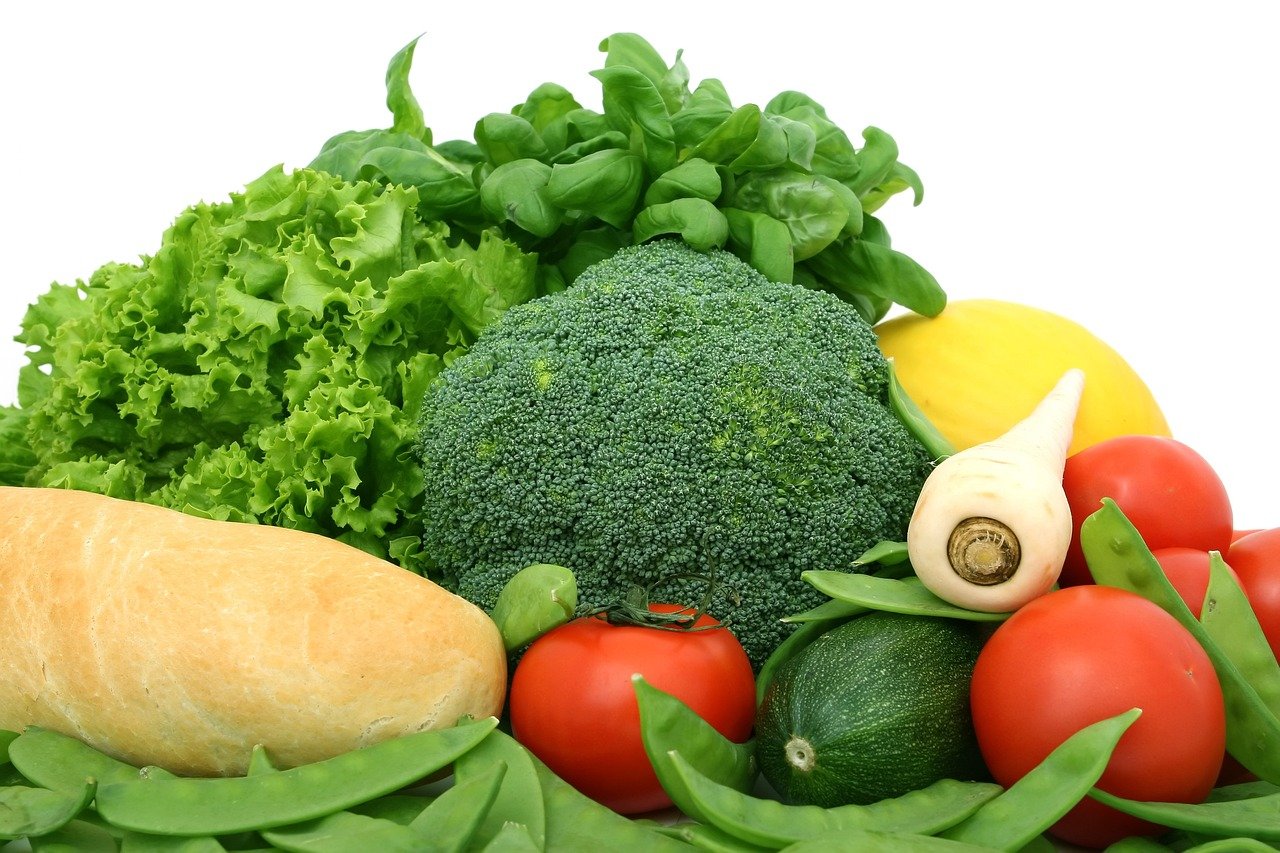12 Simple Ways to Eat More Vegetables and Enjoy a Healthier Lifestyle
Incorporating more vegetables into your diet is one of the simplest and most effective ways to boost your health. Packed with essential vitamins, minerals, and fiber, vegetables offer a myriad of health benefits, including improved digestion, weight management, and reduced risk of chronic diseases. However, many people struggle to consume an adequate amount of veggies daily. Fortunately, there are numerous creative and delicious ways to increase your vegetable intake without sacrificing flavor or satisfaction. Here are 12 simple strategies to help you eat more vegetables and enhance your overall well-being.
Start your day with veggies: Kickstart your morning by adding vegetables to your breakfast routine. You can blend spinach or kale into your morning smoothie, toss some diced bell peppers and onions into your omelet, or enjoy avocado toast topped with sliced tomatoes or cucumber. Incorporating vegetables into your breakfast sets a healthy tone for the rest of the day.
Snack on raw veggies: Instead of reaching for processed snacks, opt for raw vegetables as a nutritious midday snack. Keep sliced carrots, cucumbers, bell peppers, or cherry tomatoes readily available in your fridge for quick and convenient munching. Pair them with hummus, guacamole, or Greek yogurt dip for added flavor and protein.
Make veggie-based soups: Soups are an excellent way to load up on vegetables while staying warm and satisfied. Experiment with different vegetable combinations such as hearty lentil and vegetable soup, creamy roasted cauliflower soup, or vibrant minestrone. Soups are versatile, easy to make in large batches, and can be enjoyed as a filling meal or a nourishing appetizer.
Swap out noodles for veggies: Replace traditional pasta with vegetable alternatives to increase your veggie intake and reduce your carbohydrate consumption. Spiralize zucchini, carrots, or sweet potatoes to create nutritious noodle substitutes. These veggie noodles can be used in place of pasta in dishes like stir-fries, salads, or as a base for marinara sauce.
Load up your sandwiches and wraps: Elevate the nutritional value of your sandwiches and wraps by adding an abundance of vegetables. Layer crispy lettuce, juicy tomatoes, crunchy cucumbers, and sliced avocado onto whole-grain bread or wraps. Incorporating veggies not only enhances the flavor and texture but also provides essential nutrients and fiber.
Mix veggies into sauces and spreads: Blend vegetables into sauces, spreads, and condiments to sneak in extra servings without even noticing. Puree cooked carrots, squash, or cauliflower into marinara sauce, pesto, or hummus for a boost of flavor and nutrition. These veggie-infused sauces add depth and creaminess to dishes while increasing vegetable intake.
Experiment with vegetable-based toppings: Get creative with your toppings by incorporating a variety of vegetables into your meals. Add sautéed mushrooms, onions, and bell peppers to pizzas, top your baked potatoes with broccoli and salsa, or pile your tacos with shredded cabbage, radishes, and avocado. Mixing and matching vegetable toppings adds color, texture, and flavor to your favorite dishes.
Grill or roast vegetables: Enhance the natural sweetness and flavor of vegetables by grilling or roasting them. Toss vegetables like asparagus, eggplant, bell peppers, and Brussels sprouts with olive oil, herbs, and spices, then roast them until tender and caramelized. Grilled or roasted vegetables make a delicious side dish or can be added to salads, sandwiches, or grain bowls.
Create colorful salads: Transform salads into satisfying meals by incorporating a variety of colorful vegetables, fruits, nuts, and seeds. Mix leafy greens with an assortment of chopped vegetables such as carrots, beets, peppers, and radishes. Add sweetness with fresh berries or citrus segments and crunch with toasted nuts or seeds. Experiment with different dressings to enhance the flavors further.
Blend vegetables into smoothies: Boost the nutritional value of your smoothies by adding vegetables alongside fruits and other ingredients. Leafy greens like spinach and kale, as well as cucumber, celery, and carrots, can be blended seamlessly into smoothies without overpowering the flavor. Try combinations like spinach-banana, kale-pineapple, or carrot-orange for a refreshing and nutrient-rich beverage.
Prep veggies in advance: Spend some time prepping vegetables at the beginning of the week to make healthy eating more convenient throughout the week. Wash, chop, and portion out a variety of vegetables so they’re ready to grab and go for quick snacks or meal additions. Having veggies prepped and easily accessible makes it more likely that you’ll reach for them when hunger strikes.
Get creative with vegetable-based desserts: Yes, vegetables can even be incorporated into desserts for a nutritious and satisfying sweet treat. Experiment with recipes that use vegetables like zucchini, carrots, sweet potatoes, or pumpkin in baked goods such as muffins, bread, or cakes. These veggie-packed desserts offer a delicious way to satisfy your sweet cravings while sneaking in extra nutrients.
Eating more vegetables doesn’t have to be boring or bland. With a little creativity and experimentation, you can easily incorporate a variety of colorful and nutritious veggies into your meals and snacks. Whether you’re blending them into smoothies, roasting them for a flavorful side dish, or adding them to your favorite dishes, increasing your vegetable intake is a simple yet powerful way to improve your overall health and well-being. So, why wait? Start incorporating these 12 strategies into your daily routine and reap the delicious rewards of a veggie-rich diet.







